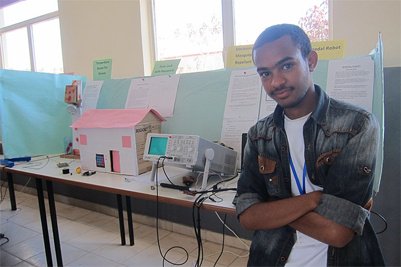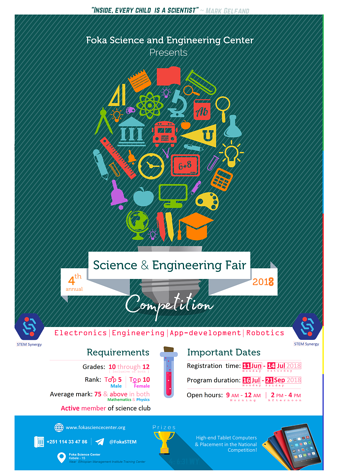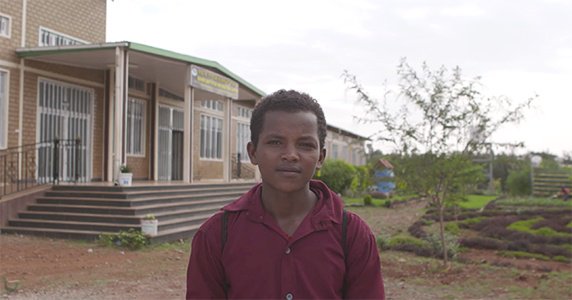Science Fairs
Unleashing student creativity, achievement, public speaking, and healthy competition
STEM Synergy‘s introduction of Science Fairs continues to demonstrate our active role in helping to shrink the “STEM Divide” between the developed and the developing worlds. As the Science Fair concept spreads throughout the nation, our role continues with coordinating and promoting, as well as bringing in more partners and sponsors, and continual innovating.
The Science Fair, as practiced in Ethiopia
While available resources are limited, Ethiopian children are as curious and as capable as children anywhere in the world. The STEM Synergy role is to provide the means, mentors, and materials to help their nation progress further by introducing programs like a national of network of Science Fairs.
The Ethiopian Science Fair approach may seem more engineering-oriented than traditional Science Fairs of the developed world. Instead of a hypothesis-experiment-conclusion format, the students participating in an Ethiopian Science Fair tend to design and showcase practical solutions to problems they see facing their nation and their African neighbors.
The community-level Science Fair competitions in Ethiopia are open to students in grades 7-12. At this grass-roots level, a student will discuss their project concept with their local mentor. Mentors are always available through our STEM Centers. Moreover, as the STEM momentum is rapidly expanding across the entire nation, increasing numbers of private and public schools have been also holding their own local Science Fairs and providing mentors.

Students who enjoy building electronic circuits might propose a sophisticated circuit design as their Science Fair project
Mentors guide their students from concepts to completed projects. narrow their interested imaginations into something that can be actualized. Depending on the project subject and available materials, the students will run actual experiments, build working models and circuitry, explore biological interactions, or create software solutions. During this long process, students discover real-world challenges not normally encountered through traditional “book-based” learning methods.
Local Science Fairs



Gondar community parents attending their city’s 2014 local Science Fair awards ceremony at Gondar-STEM-Center

100,000
Spectators
300
Woredas (counties)
30,000
Participants
120
Finalists
Other Useful Information
Categories of Science Fair Projects
- Inquiry-based: The student may start with a question, then follow their hypothesis with experiments, and from their actual experimental results, the student may be able to conclude the answer to their original question. Most common in developed country Science Fairs.
- Expo-themed: The student (or small team) creates a unique project that has a practical purpose, such as a hydraulic mechanical arm, an electronic temperature controller, and a working model of a new farming machine with processes sequenced by a microcontroller.
- Competitive-action: The student creates a project that competes with others, e.g., creating the strongest roadway bridge from a specific list of available materials, or follows a FIRST Vex robotics challenge. We have started to populate this type of competition by incorporating it into our national programs.
NOTE : The Science Fairs were created and funded by STEM Synergy’s founder or by the Gelfand Family Charitable Trust, which preceded STEM Synergy. STEM Synergy’s role since 2016 is to coordinate the venues, student participation, student project judging, the media.




